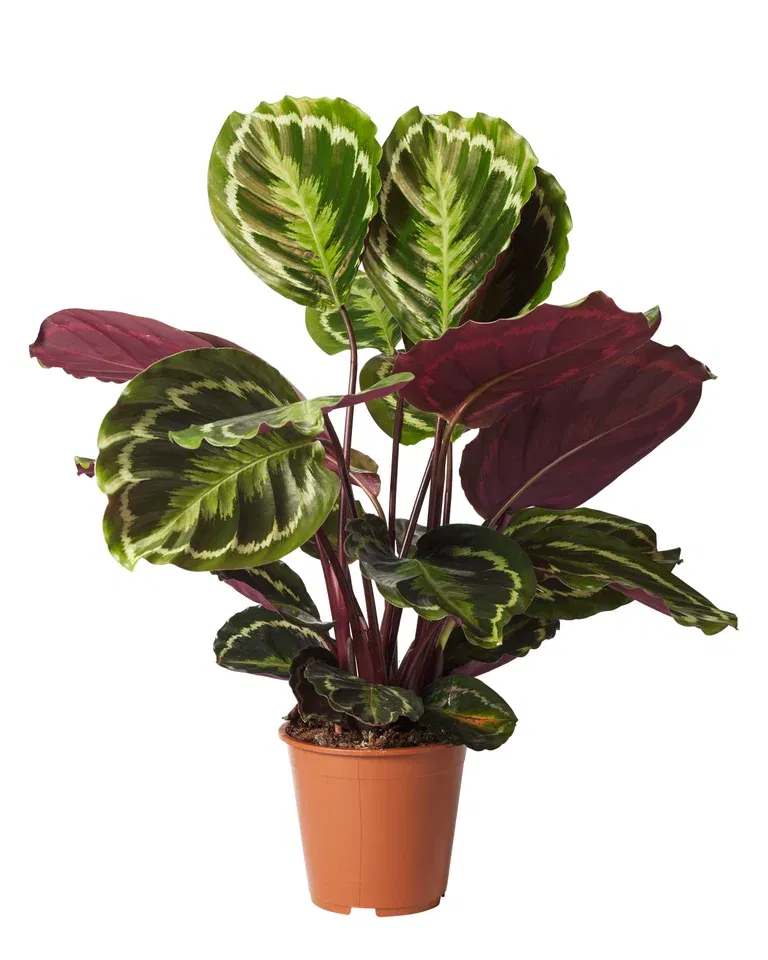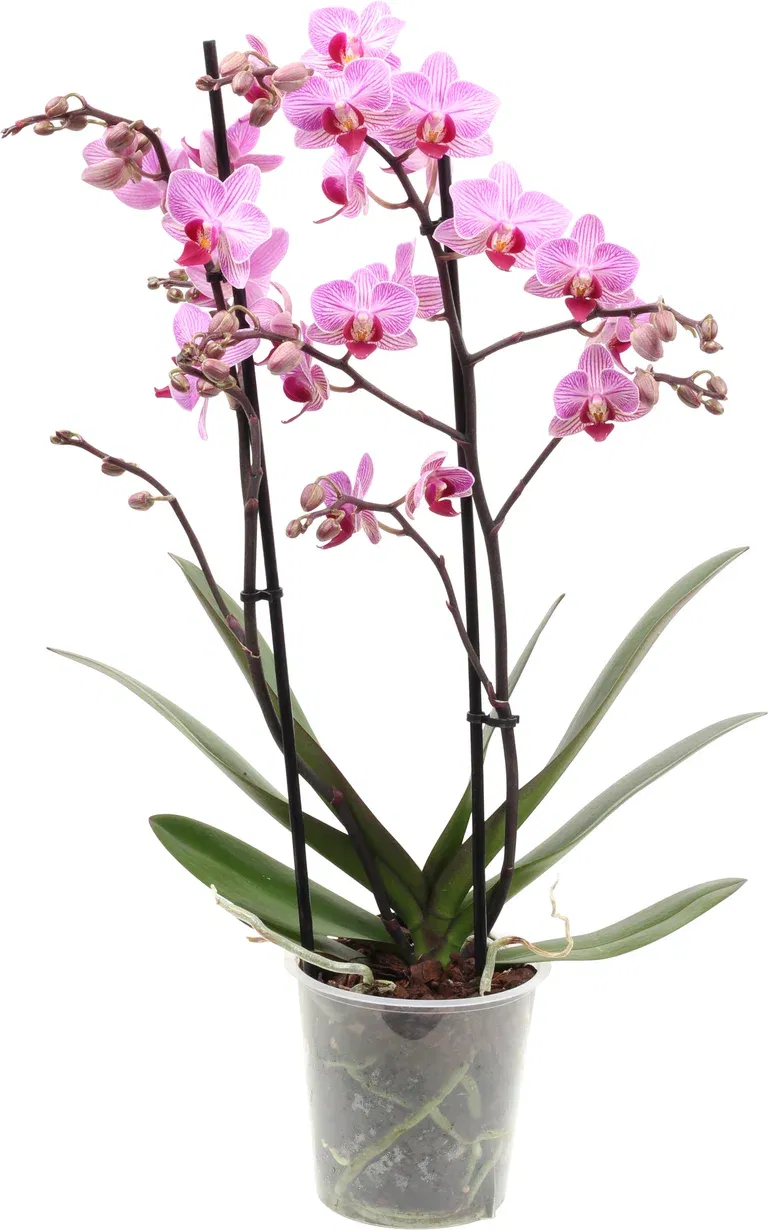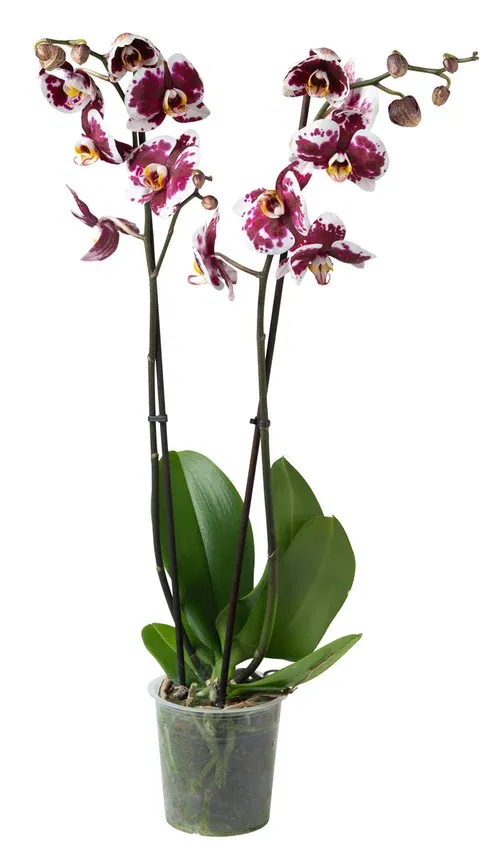Watering indoor plants – How to succeed
How much water is enough? That depends on the plant, the soil, its placement, and the season. Here are our best tips and advice for successful watering of your indoor potted plants.

First and foremost, you should get to know your plant’s specific needs. Some plants require a lot of water, while others prefer much less.
How much water do potted plants need?
Different potted plants have different needs. But even identical plants placed in different spots may require different amounts of water. Placement matters.
Many people worry their plants aren’t getting enough water and end up giving a little extra just to be safe. But in reality, overwatering is much more common than underwatering. And since plants can often look like they’re drying out when they’re actually drowning, it’s easy to make things worse by adding even more water. If your plant’s leaves are turning yellow, it’s very likely a sign of too much water. To avoid overwatering, use an inner pot with drainage holes, or an outer pot with holes and a saucer—this way, excess water can freely drain away from the soil.
Feel the soil with your fingers
Feel the soil with your fingers or lift the pot to get a sense of how it feels when it’s dry versus freshly watered. The soil should generally feel slightly moist. If it’s wet, avoid watering. Pour out any excess water to prevent the roots from suffocating and the plant from wilting. If the soil is hard and dry, the plant needs more water — or possibly more frequent watering.
Placement, heat, and humidity
The warmth and humidity in your home have a big impact on how much water your plant needs. In a cool room with lots of shade, the plant’s evaporation rate is much lower, and it will need less water compared to if it's placed in a warm, sunny room facing south.
The time of year
In the winter months, most houseplants need less water than in the summer. This is because photosynthesis in plants is not as active in the dark, so the plant doesn't use as much water.
The thickness of the leaves
A general rule of thumb is that plants with thick leaves tolerate drought better than those with delicate and thin leaves.
Root system and soil volume
A plant that has been in the same pot for several years likely has a solid root system. If you repot it into a larger pot with more soil, you can water less frequently. A newly purchased plant has thin, delicate roots and thrives best with sparse watering at first, so the fragile root system isn’t drowned.
Our definition of water requirements
To explain the needs of the plants you find at us at Plantasjen, we have placed icons on the plant pots. The icons describe needs and give care advice. The tips are general, and the amount of water needed depends, as mentioned above, on the conditions we have written about.
- Sparingly watered
These plants only need watering every two or three weeks. Examples include flame plant, snake plant, and porcelain flower.
- Medium watering
Water approximately once a week. Here you will find orchids, ivy, peace lilies, and several others.
- Plentiful watering
The easiest way to water these plants is to dip the entire inner pot in water once or twice a week. Let the plant sit and soak for a few minutes so that the soil becomes thoroughly moist. Examples of plants that need a lot of water include azaleas, hibiscus, and hydrangeas.
It is natural for flowers to fall off over time
Last but not least, it can be helpful to remember that plants bloom in cycles. The fact that the flowers eventually fall off does not mean that you have failed in watering. However, if the plants receive the right care, they will bloom again and again – when they are ready. Get to know your houseplants if you want to understand what they need to thrive and bloom again.

Miriam Gysling, a gardener with a passion for potted plants in general, cacti, and Philodendron in particular.
Read more:
You are here:











